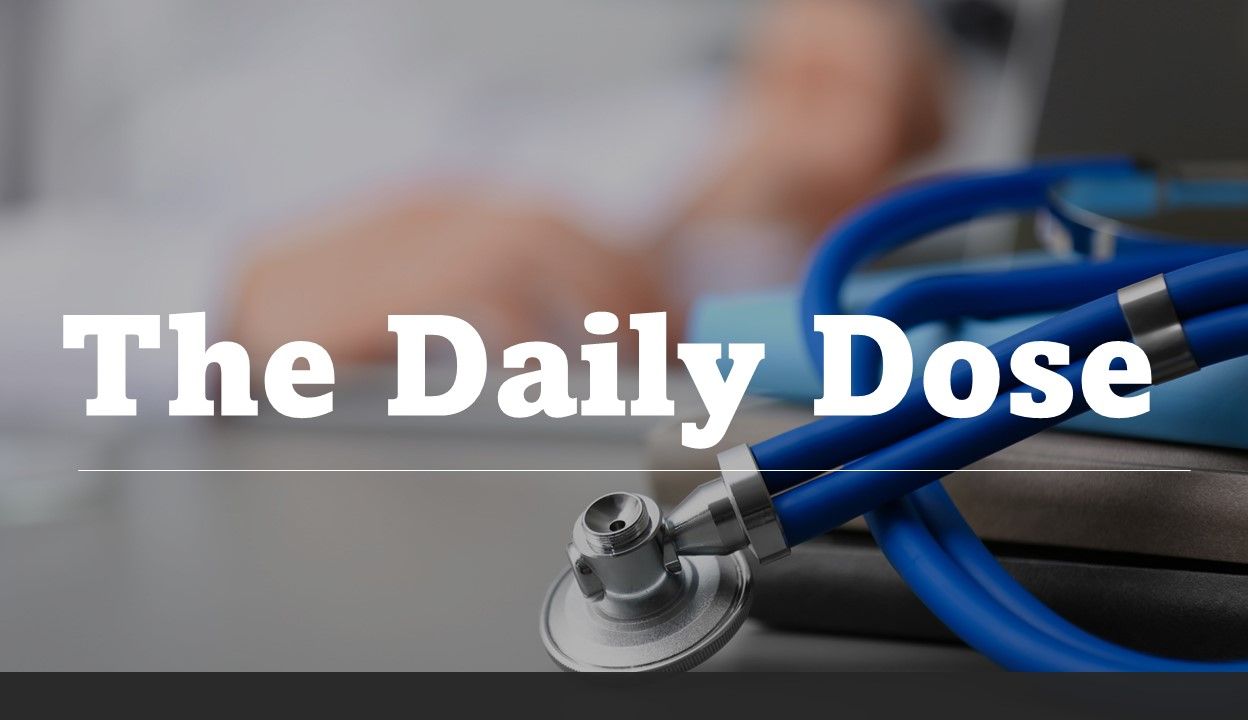Patient Care brings primary care clinicians a lot of medical news every day—it’s easy to miss an important study. The Daily Dose provides a concise summary of one of the website's leading stories you may not have seen.
Last week, we reported on findings from a study published in JAMA Health Forum that examined the association of a preventive drug list (PDL) value-based medication benefit with acute, preventable diabetes complications.
The study
Investigators tapped data from a large national commercial health (and Medicare Advantage) claims database from 2004 to June 2017, for individuals aged 12 to 64 years with diabetes who were enrolled through employers that adopted PDLs, comprising the intervention group. These individuals were matched with members who had diabetes and received insurance coverage through employers that did not use PDLs, comprising the control group. The intervention group was granted reduced OOP costs for common cardiometabolic drugs used by persons with diabetes, including noninsulin antidiabetes agents and insulin. For matched controls, medications continued to be subject to copayments and deductibles.
After completing matching and weighting, the final cohort numbered 10 588 in the intervention group and 690 075 in the control group (mean age 51 years, 55.2% men for both).
The findings
Reduced costs. Of note, investigators reported that from baseline to follow-up, OOP costs per 30-day equivalent noninsulin antidiabetic agent and insulin dropped by 30.7% (95% CI −32.6% to −28.8%) and 38.6% (95% CI, −41.1% to −36.2%), respectively, in the PDL group vs controls.
Days covered, use. The team reported that the proportion of days covered by noninsulin antidiabetic agents increased by 4.7% (95% CI, 3.2%-6.2%) in the PDL group and by 7.3% (95% CI, 5.1%-9.5%) among PDL members from lower-income areas compared with controls.
Complications. Participants in the PDL group experienced an 8.4% relative reduction in complication days (95% CI, −13.9% to −2.8%) with an absolute reduction of −20.2 (95% CI, −34.3 to −6.2) per 1000 members per year compared with controls from baseline to follow-up. PDL members residing in lower-income areas had a similar relative reduction of 10.2% (95% CI, −17.4% to −3.0%) with an absolute reduction of −26.1 (95% CI, −45.8 to −6.5) complication days per 1000 members per year.
Authors' comment
"The results may support a strategy of incentivizing adoption of targeted cost-sharing reductions among commercially insured patients with diabetes and lower income to enhance health outcomes."
Click here for more details.

